How to treat lice in horses Horse & Hound veterinary library

2. Clean the horse's skin, especially around any scabs or sores, to remove dead skin cells before treatment. This reduces the places for mites to hide and also interferes with their food source. 3. Plan to apply the chosen treatment multiple times. Doing so will significantly increase the chances of success.
Darkmoor Shire Horse Stud How to diagnose and treat feather mite in Shires & Clydesdales
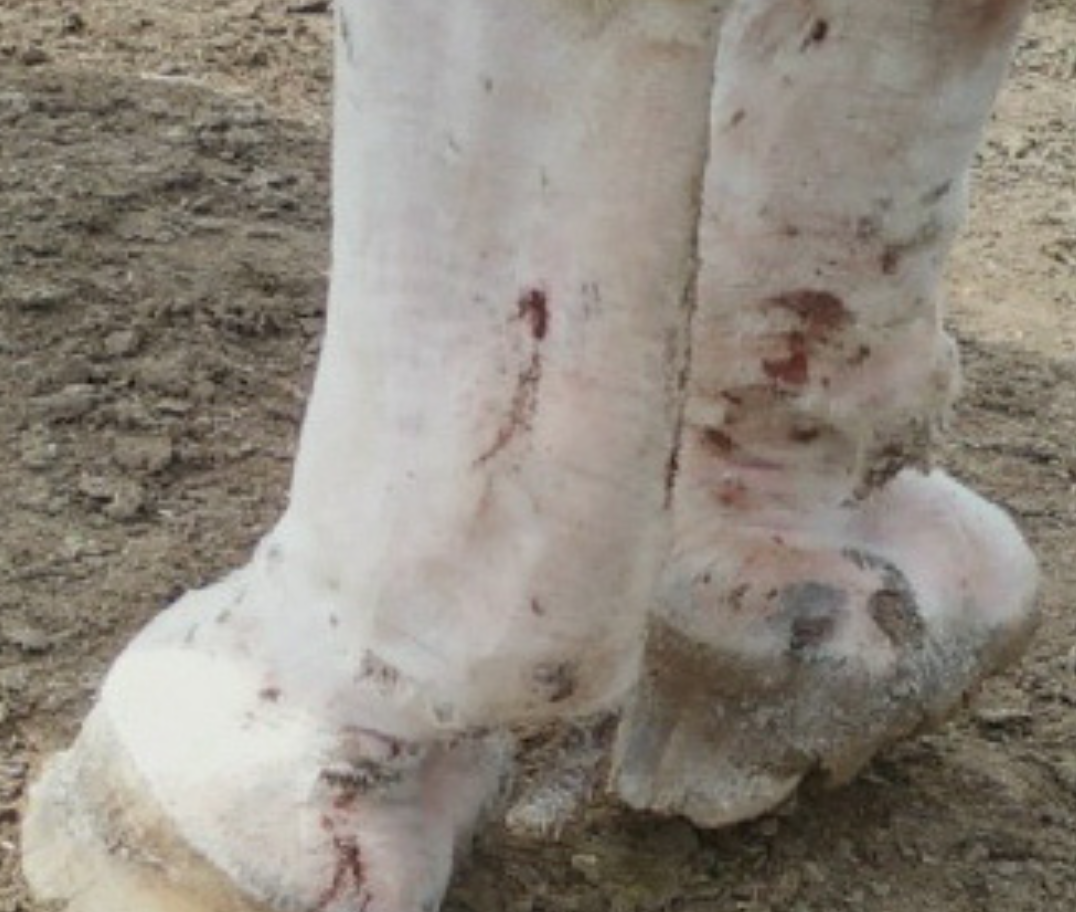
Remember when using Hibiscrub to only use a weak solution, just enough to turn the water slightly pink. 12mls of Hibiscrub per 1L of water should be sufficient. Keeping your horse on a shavings bed and completely clearing the stable out once a month is recommended to keep mites at bay. If your horse is affected, ask your vet to prescribe an.
The Boise Backyard Chicken Experience Chicken Mites the not so glamorous side of chicken care.

Chorioptic mange is caused by the feather mites Chorioptes equi. They are a very common problem on the Wirral. The mites live on the surface layers of the horses skin but at 0.3mm in size are not easy to spot! The mite feeds on the skin debris and have a three week life cycle, hatching from eggs laid on the skin surface.
Farriers Equine Care Feather Mite Treatment Combo Amazon.co.uk Pet Supplies
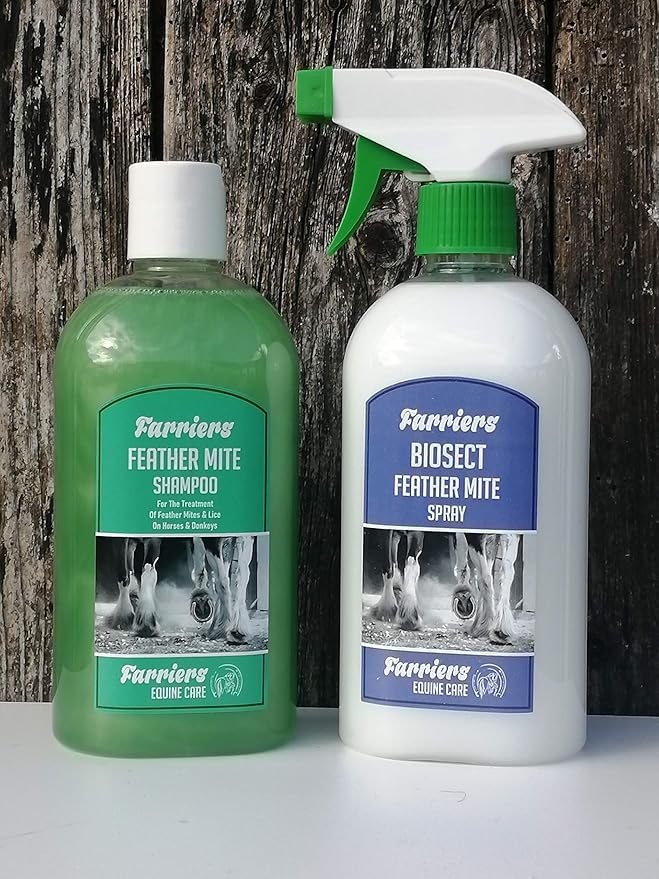
The first sign of a mite infestation is usually a general localised irritation and as previously mentioned, horses tend to stamp their legs, rubbing them together and even chewing on their forelegs in an attempt to alleviate the irritation. A vet would need to carry out a microscopic examination to establish whether or not it is feather mites.
Equimins Lice & Mite Spray and Lotion Formula for Horses

The primary resource for tackling feather mites as of 2022 can be found here, written by Marieke Brys (University of Ghent), where the use of topical moxidectin is recommended following an extensive study into feather mites in CPL horses. Cydectin pour-on 0.5% for cattle. At a dose of 1.5mg/kg body weight (1ml of Cydectin contains 5mg of.
Tackling Feather Mites Chronic Progressive Lymphoedema

By Susan Donaldson. Clyde Vet Group. Feather mites - or chorioptes equi to state their correct name - are the cause of a great deal of frustration and irritation to both horses and owners alike. These mites live on the surface of the skin and feed on dead skin cells. Heavier-type horses and ponies with a good amount of feather provide an.
Darkmoor Shire Horse Stud How to diagnose and treat feather mite in Shires & Clydesdales

Feather mites, also known as "chorioptic mange" or simply "itchy heels", are extremely common among horses, particularly feathered breeds. The lower legs are usually affected, but mites can spread anywhere on the horse's body, causing severe itchiness. Cause: Heel mites (Chorioptes spp.) live on the skin's surface, feeding on dead.
Darkmoor Shire Horse Stud How to diagnose and treat feather mite in Shires & Clydesdales
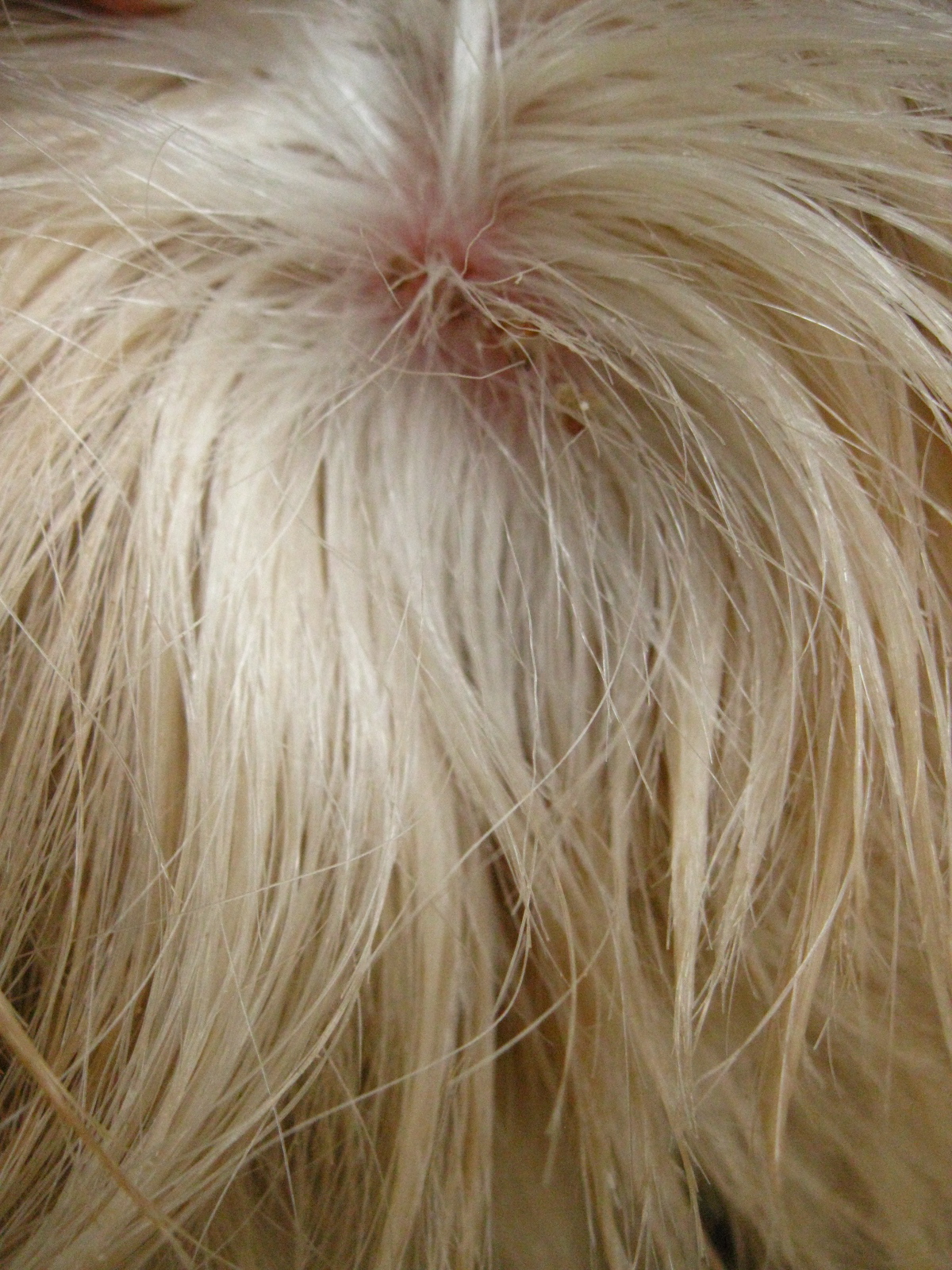
The mites feed on the skin debris and can live for around 70 days after hatching from eggs laid on the surface of the horse's skin. The lower legs are the most common place for the mites to live and although feathered horse breeds seem to be most affected, they can be found in any breed of horse or pony. Symptoms of feather mites in horses
Tackling Feather Mites Chronic Progressive Lymphoedema

The next step is usually to wash the horse's legs thoroughly with an anti-parasitic shampoo. A specialised shampoo which gently removes any crusts/dead skin is really helpful, as it allows active ingredients to get right down to the skin. It's important to repeat this around 10-14 days later as this will catch any mites which have hatched.
Darkmoor Shire Horse Stud How to diagnose and treat feather mite in Shires & Clydesdales
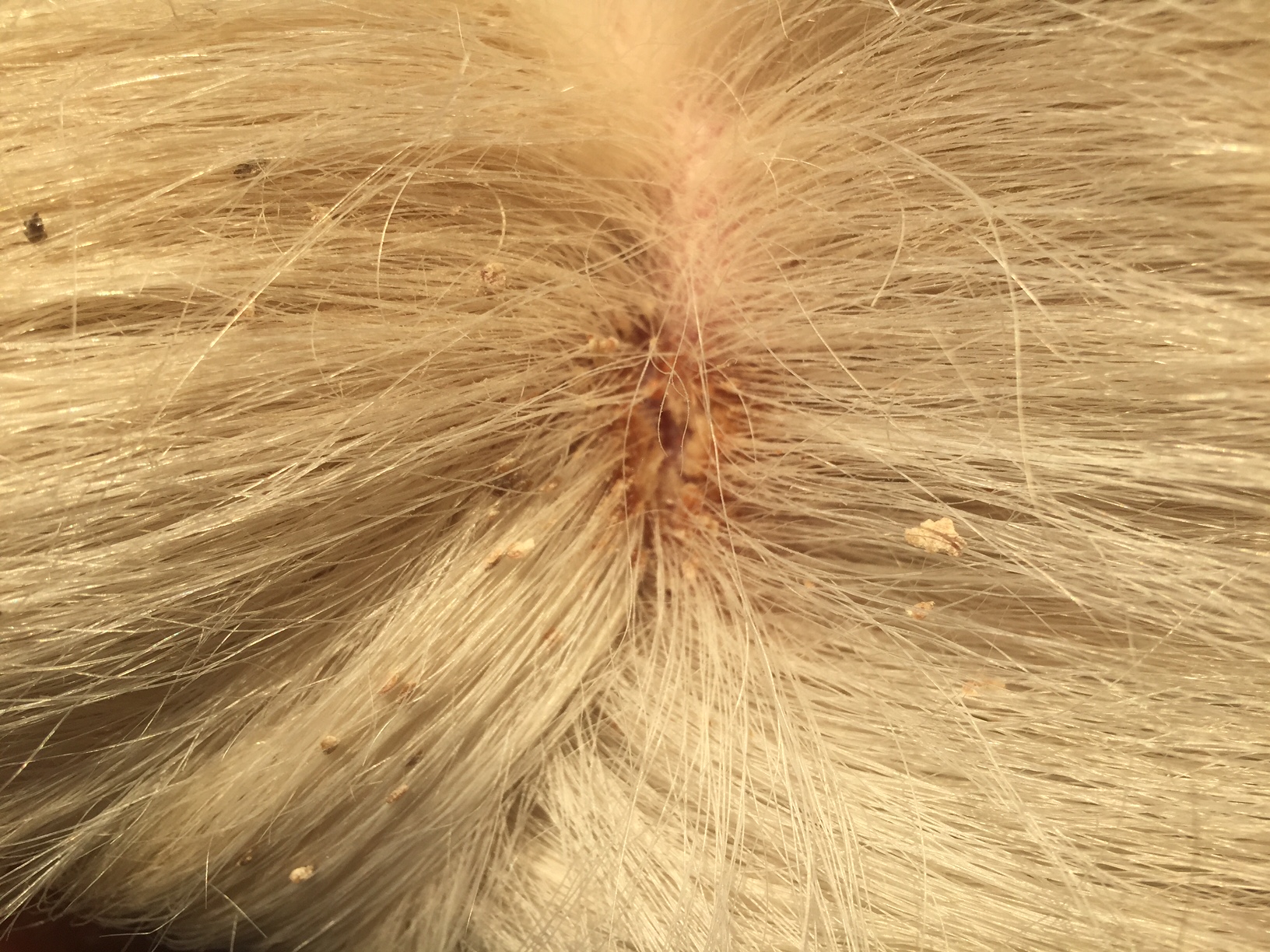
Learn about mites (or mange) that infest horses causing intense itching, scratching, and hair loss on the ears, legs and feathers, mane, tail, and body.. Chorioptic mange: Attributed to Chorioptes equi (bovis), this form is also called leg mange or feather mites. Primarily affecting the lower limbs in breeds with longer hair or "feathers.
Darkmoor Shire Horse Stud How to diagnose and treat feather mite in Shires & Clydesdales
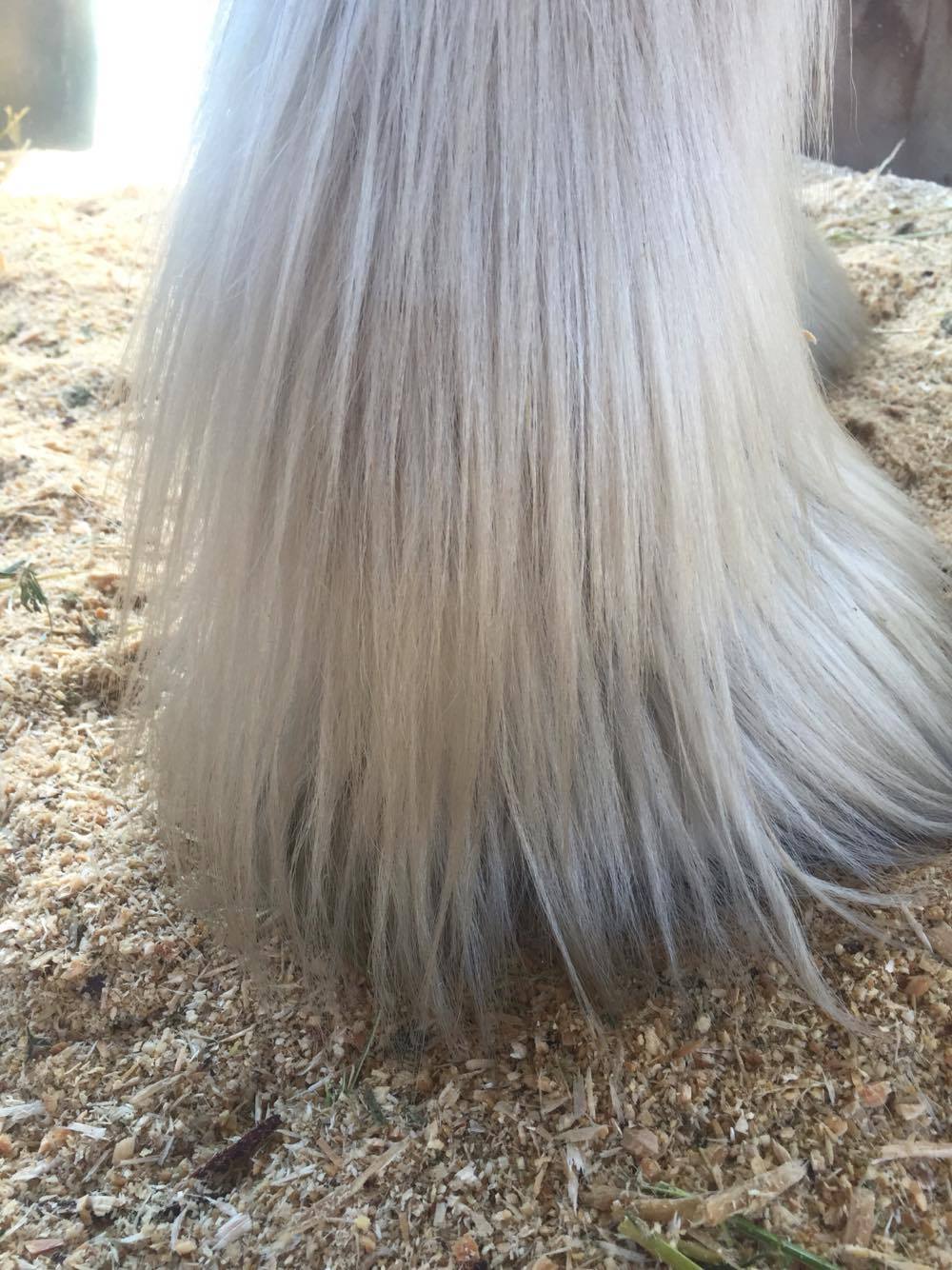
Biology and life cycle of horse mites Psoroptes equi. Adult Psoroptes mites are oval in shape, 0.5-0.6 mm long, usually only recognizable under the microscope. As for all mites, development goes through various larval and nymphal stages. A female mite lays a few eggs a day, a total of about 50 to 100 eggs in her lifetime.
Feather Mites links to Mallanders and Sallanders in Horses

stap. 1. Step 1: Timely treatment. Effective treatment of horse mites begins with good timing. The longer you wait, the more eggs your horse's coat will contain and the more time it will take to solve the problem. In addition, scabs may form on the legs as your horse tries to scratch the itch.
Mites Season in Horses What Steps Should I Take? Finecto+
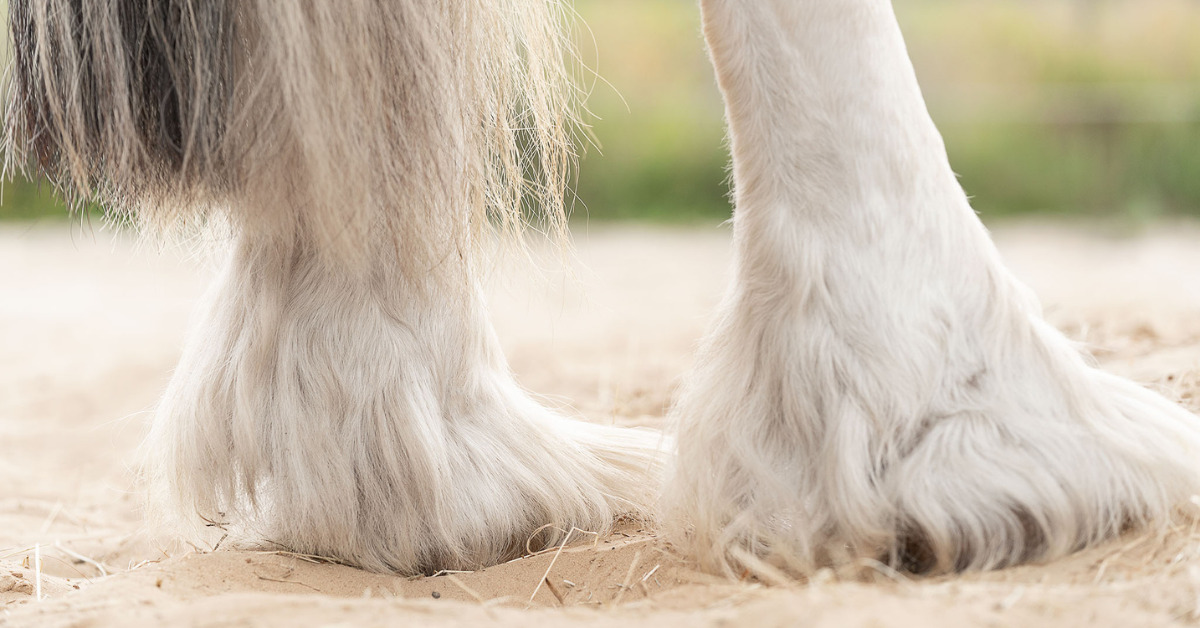
Mange used to be known as a reportable disease, which means that the federal government had to be informed when a veterinarian identified a case of mange.That requirement was ended in 2006 due to the fact that mange has become rare in horses in the U.S. through the use of anthelmintics.Anthelmintics, or de-wormers, are highly effective against mites and are one of the treatments used against them.
Deosect Concentrate for feather mites, also works as a fly spray Fly spray, Horse exercises

Chorioptic mange is caused by infestation with Chorioptes bovis (formerly C equi) and is the most common form of mange in horses.Draft horses are commonly infested, although all breeds are susceptible. Lesions caused by C bovis start as a pruritic dermatitis affecting the distal limbs around the foot and fetlock. Papules are evident first, followed by alopecia, crusting, and thickening of the.
Feather mites and other itches

Feather mites (a.k.a. chorioptic mites) are the most common type of mites in horses. A feather mite likes to feed on skin debris, and if there's enough food, adult mites can survive on a host for almost 70 days. Mites live in horses' hair and the crusts on their legs. Mites' presence on horses leads to discomfort, itching and possibly even.
Those with hairy cobs feather mites should I clip? *please help*

Mange is caused by microscopic mites that invade the skin of otherwise healthy animals. The mites cause irritation of the skin and a hypersensitivity reaction, resulting in itching, hair loss, and inflammation. Mange is rare in horses. There are several types of mange that affect horses, including sarcoptic mange (equine scabies), psoroptic.
.